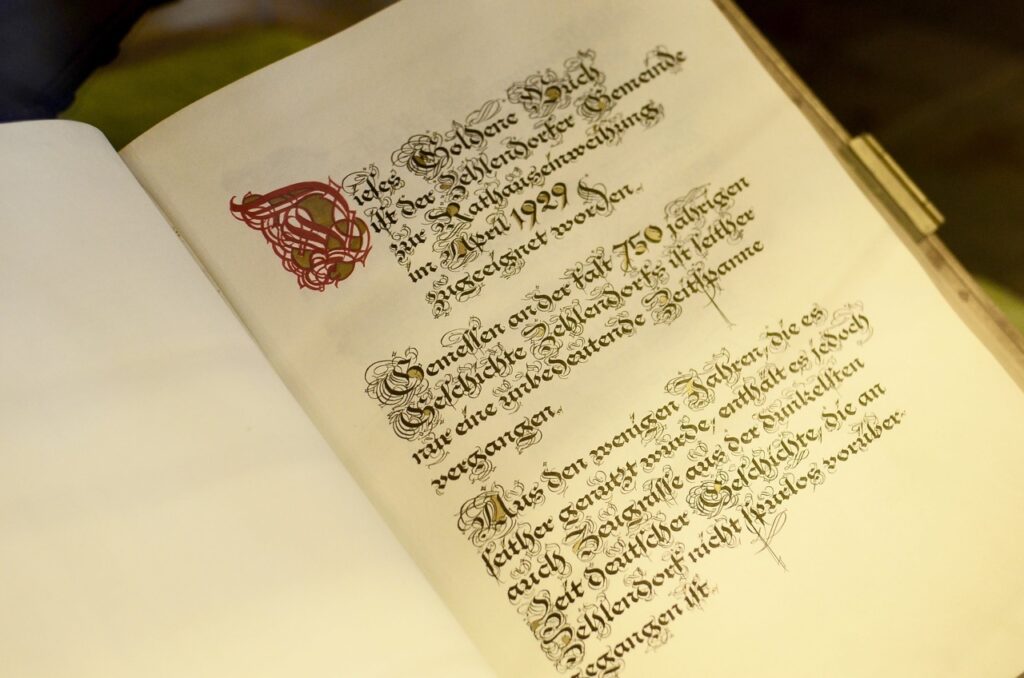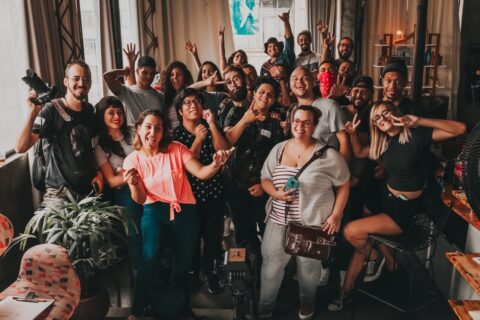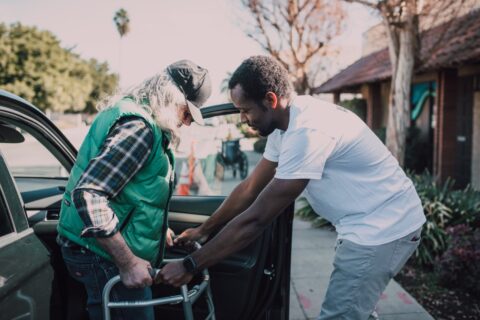Languages are the bearers of culture, heritage, and identity. Yet, many languages are on the brink of extinction, threatening to take with them the rich tapestry of cultural knowledge they embody. The 21st century has seen a resurgence of efforts aimed at preserving and revitalizing endangered languages. This article explores the multifaceted endeavors in language preservation and revitalization, examining how modern tools and community engagement are playing pivotal roles in saving linguistic heritage.
- The Scope of Linguistic Diversity: The world is home to over 7,000 languages, each a unique window into distinct cultural narratives. However, with a language dying approximately every two weeks, the urgency for preservation is palpable.
- Community Engagement: The heart of language revitalization lies within the communities that speak them. Efforts to revitalize languages are often community-driven, with elders and native speakers playing crucial roles in teaching and promoting language use among younger generations.
- Educational Initiatives: Integrating endangered languages into educational systems is a significant step towards preservation. Bilingual education, language immersion programs, and community language schools are some of the educational initiatives fostering language learning and usage.
- Technological Advancements: The digital era has opened new avenues for language preservation. From online dictionaries and language learning apps to digital archives and social media platforms, technology is enabling broader access to, and engagement with, endangered languages.
- Governmental and Institutional Support: Governmental policies and institutional support can significantly impact language preservation efforts. Funding, legal recognition, and the promotion of multilingualism are crucial for creating a conducive environment for language revitalization.
- Collaborative Research: Academics, linguists, and community members often collaborate on research projects aimed at documenting, analyzing, and promoting endangered languages. Such collaborative efforts contribute to a deeper understanding and appreciation of linguistic diversity.
- Cultural Festivals and Events: Cultural events celebrating linguistic diversity provide platforms for communities to showcase and take pride in their languages. These events foster a sense of belonging and appreciation for linguistic heritage within and beyond the community.
- Global Networks and Alliances: International networks and alliances bring together stakeholders from around the world to share resources, knowledge, and strategies for language preservation and revitalization, creating a global support system.
Conclusion: The 21st century has ushered in a renewed emphasis on the critical importance of language preservation and revitalization. Through a blend of community engagement, educational initiatives, technological advancements, and collaborative efforts, strides are being made to keep the echoes of ancestry alive through language. The journey of language preservation is a testament to the global recognition of linguistic diversity as a precious cultural asset, worthy of celebration, promotion, and preservation for generations to come.








